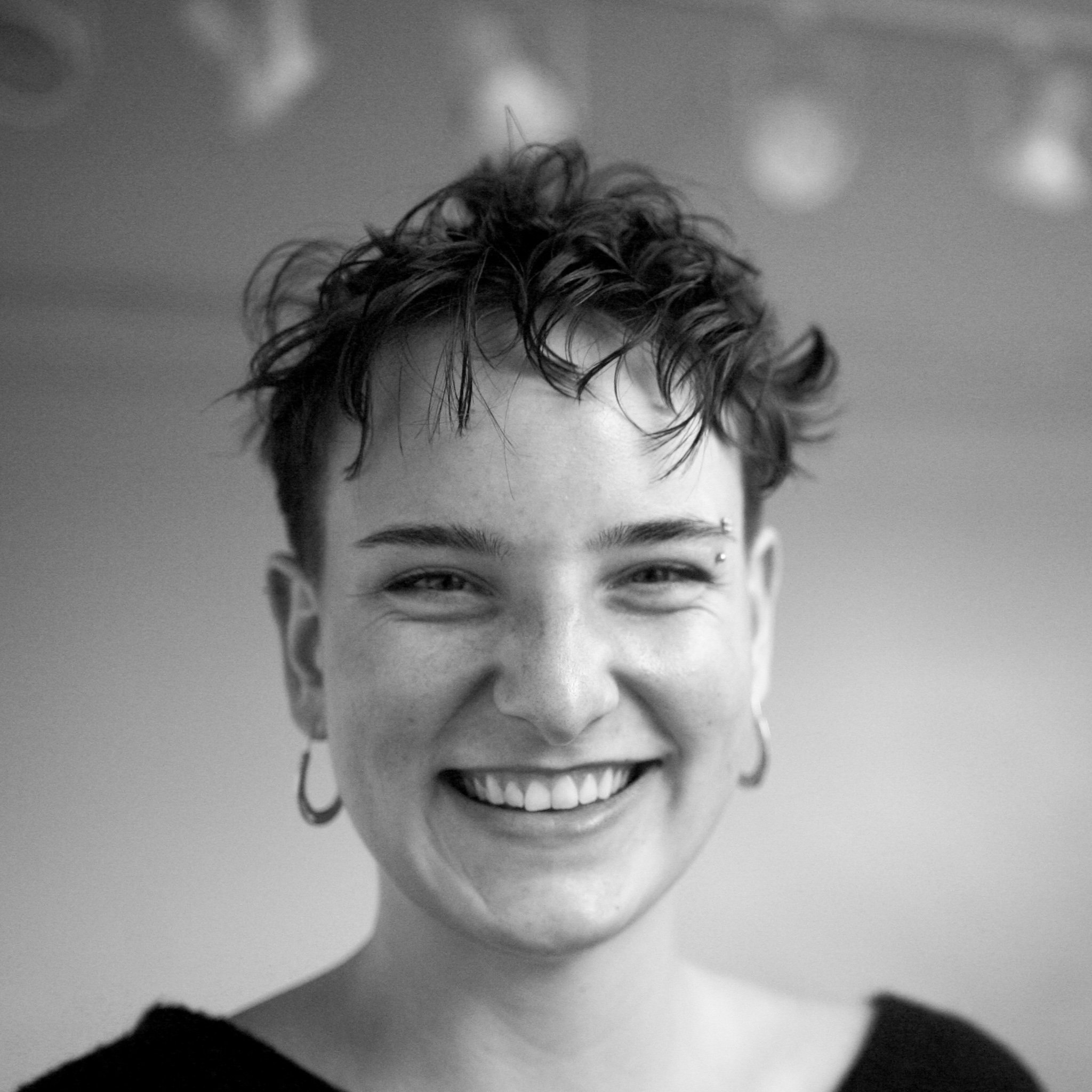The Case for Transparency in Art and Business
Being transparent with your followers, friends, and family is scary. I’ll go first:
I started a new job this summer, writing articles for Fractured Atlas. Finding my voice feels like a quest for a mysterious, magical flower in the harsh and inhospitable Internet Desert. My coworkers are committed to reimagining labor and encouraging rest, but it’s dawning on me that building a healthier relationship with work might take me a lifetime. I’m so excited to be here, but I sometimes doubt that I have what it takes.
Giving you this real, unfiltered glimpse into my world is uncomfortable because practicing transparency on public platforms puts you in a socially vulnerable position. As artists, it’s tempting to promote your wins but keep all your insecurities and failures out of the public eye. As arts administrators, the stakes feel even higher: how could we possibly share our struggles with operationalizing our Anti-Racism Anti-Oppression values, for example, and risk looking imperfect in front of our members, partners, and donors? Giving the world a transparent account of your whole journey, with all its personal doubts and failed attempts and stalled projects, is a profoundly vulnerable experience.
But if you’re feeling adrift in your creative practice or workplace after a big loss or dry spell, practicing transparency with your audiences is the ultimate antidote. Here are three reasons why transparency matters in art and business:
- It’s Generous: vulnerability creates space for community
- It’s Engaging: the truth is more captivating than perfection
- It’s Generative: ideas come to life when we share them
It’s Generous
Despite how self-focused it feels in the moment, being transparent about your struggles is actually one of the ways artists build community. Being the first to share a struggle or doubt helps others feel validated and invites people to chime in and share their own. One snowflake of vulnerability quickly becomes a snowball of mutual support—creating the space and momentum that defines powerful organizing around common issues.
It’s Engaging
Improving your engagement metrics is considered the holy grail of social media strategy because it means your followers aren’t just scrolling past your content. They’re pausing to read, like, comment, and share your work. All of these actions are carefully tracked to determine which posts are shown to a greater number of accounts. The more engaging a post is, the more people see it.
An underutilized tool for boosting engagement is transparent sharing. Instead of just posting the polished product, show us your workstation. Film a quick video of yourself to share how you found your collaborators. Write about your biggest roadblock, and tease your followers with a cliffhanger about what happens next. Let your social media feel like a transparent window into your hero’s journey, full of dead ends and monsters and unexpected friendships. Your truth is more captivating than perfection.
For many artists, however, maintaining a social media presence can feel like a thicket of contradictions. On the one hand, platforms like Instagram and Facebook broaden our horizons, enabling us to build and sustain relationships with people across the world. On the other hand, the fundamental nature of these platforms is extractive, capitalizing on our attention and leaving us feeling more isolated than connected. But when we navigate these spaces with a strong sense of intention and a commitment to authentic, transparent expression, we are doing our part to resist the isolation and make our little corner of the internet a healthier place.
It’s Generative
Just like artists who keep a new piece to themselves until it’s “perfect,” arts organizations can fall into the trap of keeping a promising new initiative under wraps until the concept, budget, and operational plan are deemed airtight by every stakeholder. Keeping tight control over your public image is a long standing tradition across for-profit and nonprofit organizations, cementing walls of distrust between competitors and encouraging us vs. them economic practices. We’re so focused on being the best or the first that we lose out on the generative power of transparent sharing.
In a transparent economy, organizations would regularly share new ideas publicly and create networks of collaboration instead of competition. Our collective failures and struggles would serve as the fertilizer in a garden of innovation, enriching the soil and providing the essential nutrients that the next project needs to thrive. This is what progress looks like, and what we miss out on when we don’t share our journey with a spirit of transparency.
Onwards
Whether you’re an artist or an arts administrator, sharing more of your process and your struggles with the world is essential for disrupting systems of isolation and competition. We know transparency isn’t always easy, but it’s also more generous, engaging, and generative than our fears allow us to imagine.
About Vicky Blume
Vicky Blume lives in Austin, Texas with her cat and partner. She co-leads the unparalleled External Relations team here at Fractured Atlas. In her artistic practice, Blume builds interactive websites, animations, and installations that offer calming and consensual alternatives to the Attention Economy.
.jpg)

